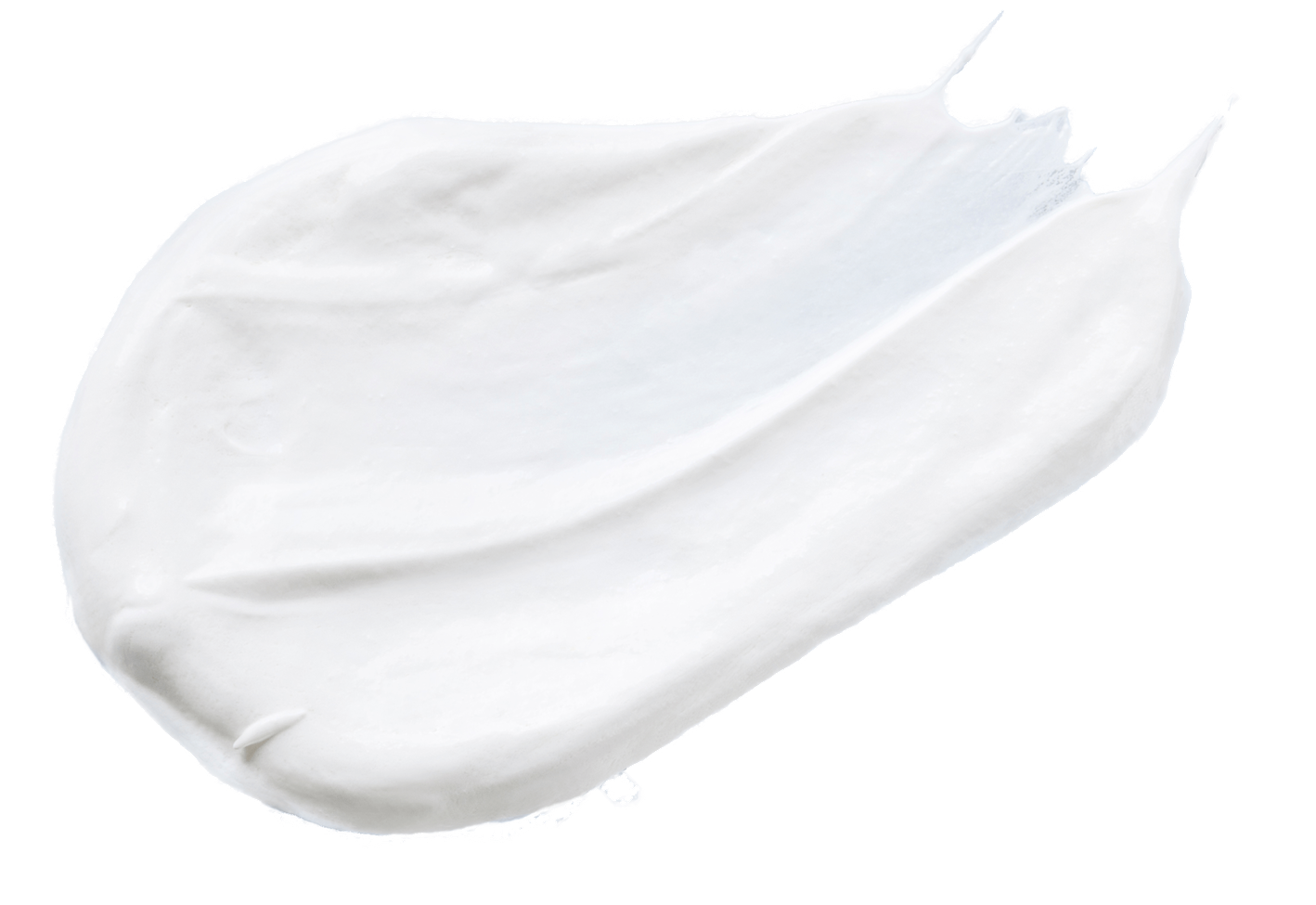Your cart is currently empty!
Fungal acne has become a trend on social networks recently. Like many skin care trends that come and go, this “trend” also makes us reflect on the accuracy of the information being spread and the effectiveness of what we read.
As we were in the times of coconut oil / butter, which was used for every problem in life and very quickly became the butter that brought about every problem in life, we are now in the “age” of fungal acne, where “every product can cause them and every person may have”. But how accurate this information is, what it really is and who among us can have it, let’s discuss it together below.
what are fungal acne?
Fungal “acne” is actually not acne at all, despite its name. Acne is normally bacterial (most typically Propionibacterium acnes), while fungal “acne” is of fungal origin (from fungi, unrelated to bacteria).
They are created from the inflammation of the hair follicle (where the hair grows) and are caused by the growth of fungi. On the outside, they look like red, tiny dots that can be filled with pus. The most typical areas where they can appear are on the chest, back, hair scalp or armpits (the areas where there’s more moisture).
Do you have fungal acne?
I’m sure you’ve probably thought at least one time if you have fungal “acne”, especially from the great fame they have received on social networks. But, in reality, fungal “acne” is very, very rare (let’s say that a dermatologist may have an average of 1-2 cases per year (not per day, but per year)) and are more typical in countries where the air humidity is very high (in Saudi Arabia, Hawaii, Philippines, Mississippi, etc.).
What to do if you have fungal acne?
If you suspect that you may have fungal acne, the most wrong place to assess such a thing is on social networks, since even with a visit to the dermatologist it is not an easy and quick assessment to make. In such a case, of course, the only and correct way is to visit the dermatologist and receive the appropriate treatment (antifungal, not antibacterial).
What products make fungal acne worse?
Another misinformation circulating on social media is that products with a high oil content cause fungal “acne”. The truth is that fungus “feeds” on sebum (when you have it on your skin), but also thrives on skin with a dysfunctional and unprotected skin barrier.
Therefore, skin care products are not selected according to the cause/don’t cause fungal “acne” method, but according to skin type and interests to protect the skin’s barrier function as much as possible (where fats are essential).
In case you already have fungal “acne” and this is confirmed by your dermatologist, then she/he will suggest an antifungal treatment, suitable for their treatment.
So, you have confirmed that don't have fungal acne and don't know what to use?
If you’re still not sure what to use for your skin type or you don’t know what skin type you are, we’ve created a step by step guide to help you choose the perfect fits for your skin.
Click the link below to start building your routine:




